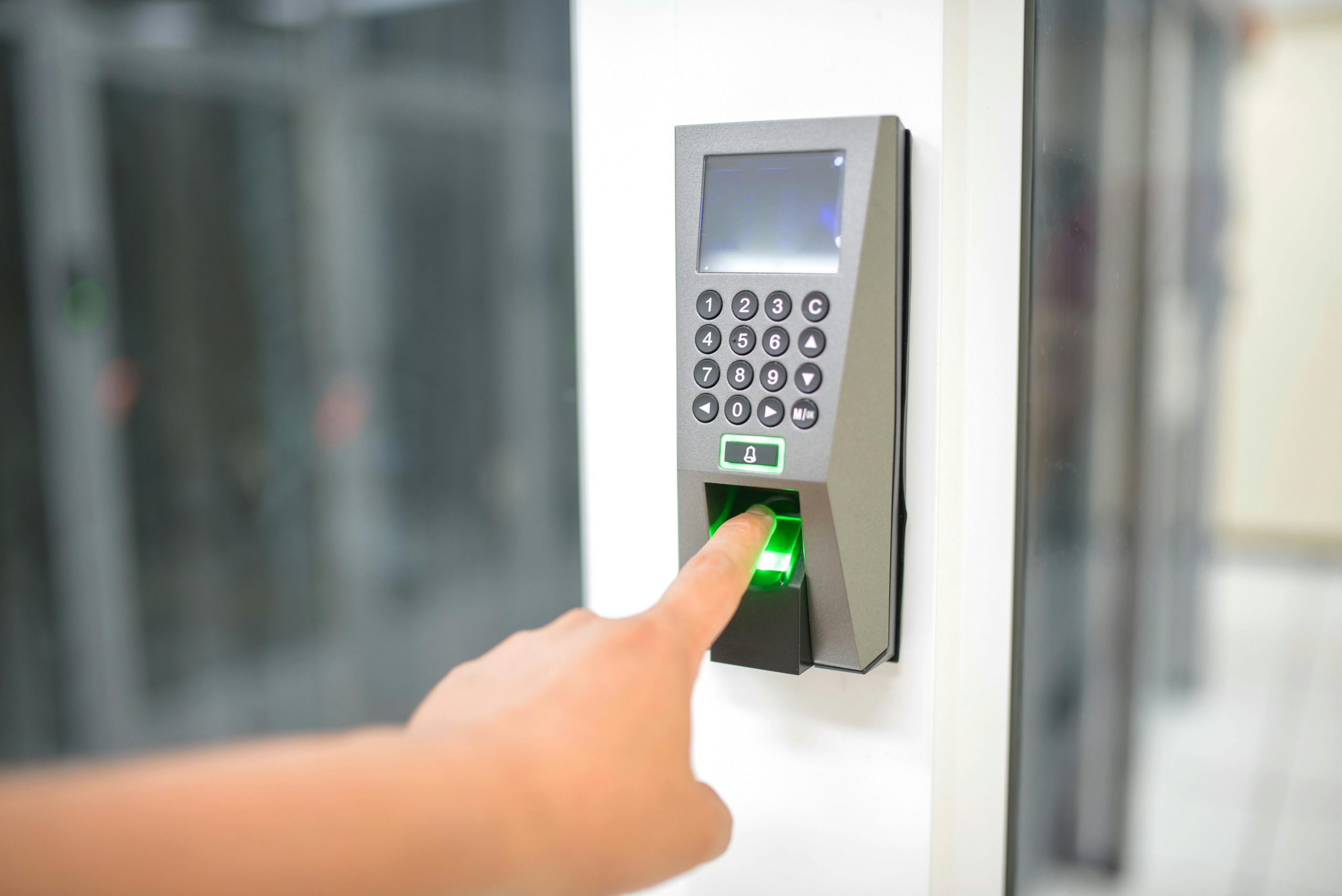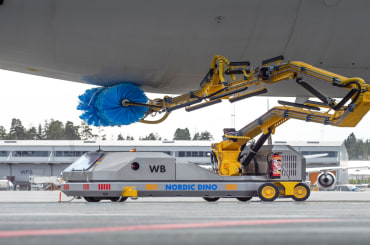
From the modest beginnings of air travel in the 1930s, when only a handful of passengers took to the skies, to the staggering projection of 8 billion travelers by 2040, the aviation industry is on the cusp of a significant transformation. A new white paper by SITA, titled ‘Face the Future,’ delves into how biometric technology is pivotal in managing the burgeoning number of air travelers and enhancing the travel experience.
With the number of air travelers expected to double in the next two decades, the industry faces the Herculean task of accommodating this surge without compromising on service quality. While physical expansions and new airports are part of the solution, the white paper argues that the real game-changer lies in digital innovation. SITA’s research underscores the limitations of traditional, manual processes in keeping pace with the demands of modern air travel.
The white paper showcases the successful integration of biometric solutions in various programs globally, such as the Star Alliance Biometric initiative and India’s DigiYatra program, both employing SITA’s Smart Path biometric passenger processing solution. These initiatives exemplify how facial and fingerprint recognition technologies can streamline passenger journeys, from check-in to boarding, offering a seamless, secure, and contactless experience.
Stefan Schaffner, VP of Airports at SITA, emphasizes the transformative potential of SITA Smart Path: “By biometrically enabling every step of the passenger journey, we’re not just improving efficiency but also redefining the travel experience into something more personal, more seamless, and ultimately, more enjoyable.”
Beyond enhancing passenger processing, SITA’s solutions address broader industry challenges such as spatial limitations, staffing shortages, and evolving consumer preferences. The white paper details how SITA Flex and SITA Border Management utilize advanced biometrics to manage passenger flows and border controls efficiently, demonstrating the scalability and versatility of biometric technology in meeting various operational needs.
Moreover, the paper explores the development of Digital Travel Credentials (DTC), a revolutionary approach to identity verification that promises to make border crossings smoother and more secure. SITA’s leadership in the IATA’s One ID initiative and collaboration with the International Civil Aviation Organization on DTC standards highlights its commitment to spearheading this digital transformation.
An inspiring case study within the white paper is Aruba’s Happy One Pass. This innovative collaboration has made it possible for passengers to enter Aruba without the need to stop or present travel documents at the border, showcasing the practical benefits of DTCs in enhancing passenger experience and border security.
The ‘Face the Future’ white paper by SITA not only presents a compelling case for the widespread adoption of biometric technology in air travel but also addresses critical considerations around privacy, flexibility, and adaptability. As the demand for air travel continues to grow, biometrics emerges as a key enabler in the industry’s journey towards a smarter, more efficient future.












